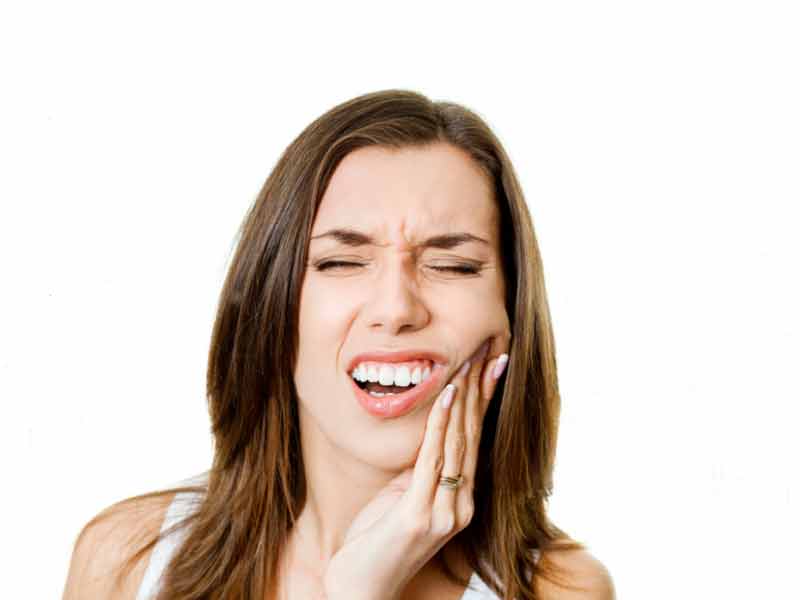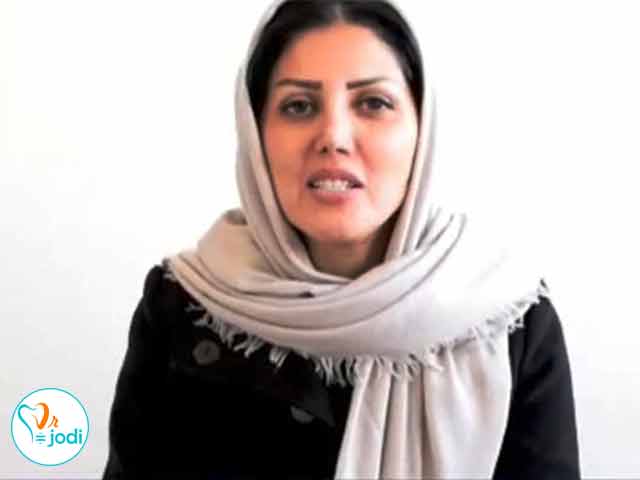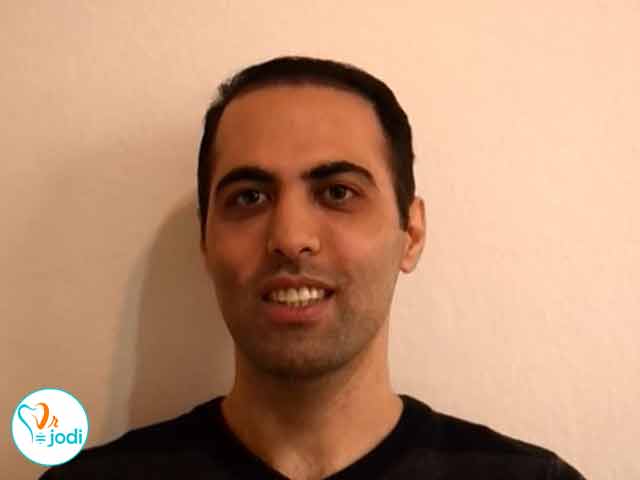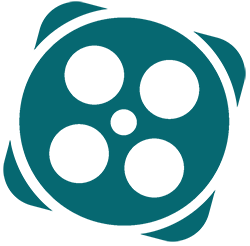Gingival Disease in Adolescent
Childhood gingivitis can make progress and endanger the person's gingival during puberty. The evolution of specific systemic teeth and metabolic patterns is special for childhood. The gums in the tinnitus are pale, smooth, or orange. The orange peel is seen in 35% of children aged 5 to 13 years. The construction of an interdental gingival is comparable in adult teeth with this tissue. The sticky gum width increases with age. In the radiographic examination of the bone marrow, the teeth are larger in the bud and at the time of growth than the adult bone, and the bone marrow spaces are larger.
Changes in the gingival are caused when permanent teeth are turned into permanent teeth. During the teething, the margin of the gum is usually swollen and rounded and red. Chronic marginal gingivitis is the most common type of gum disease in childhood. The color of the consistency and the texture of the gum surface changes in such a way as to represent chronic MS. Children's gingivitis is a more common change in gingiva and swelling than bleeding. In children, like adults, it is a plaque gingivitis. Poor oral hygiene Dental plaque accumulation in children aged 8 to 12 years is faster than adults. Mass in infants is not common. In children with systemic fibrosis, mass formation is much more common. Late and falling milk teeth often cause gingivonitis. Gingivitis around the abnormal teeth is both more common and more severe because the tendency to plumage around the teeth is greater.
Gingivitis analysis around a single tooth or a group of teeth takes a lot of attention. The gum may be inflamed and free from the disease. Gingival analysis has several causes. But in children, the position of the teeth in the jaw arch is the most important cause. Gingival analgesia in the anterior teeth can be seen that there may be a transitional phase in the tooth structure and is corrected by positioning the teeth in the correct position or by correcting the position of the teeth by orthodontic treatment. A number of childhood illnesses caused specific changes in the oral mucosa, including gingival tissues. Among these infectious diseases, measles and scarlet are mentioned.
Gingival infections
Single-day olfactory gingivitis: This is the most common type of gingival infections in children and often occurs following upper respiratory tract infections.
Candidiasis is a fungal infection of the oral cavity, caused by a Candida albicans fungus.
NUG Genesis: The likelihood of developing this kind of low gestational age is that of children living in areas where chronic malnutrition is prevalent and in children with Down syndrome, the incidence increases. Plaque is a gum disease agent. Gingival disease in childhood can be prevented by teaching the proper way of brushing and observing oral hygiene.
People who viewed this page also visited:
What are the dental implant treatment stages?
Implant Professional Center in Tehran
The best implant expert in Tehran
The best implant center in Tehran
What is immediate loading of dental implants?
Implant problems and implications
Force direction and its relationship with the implant body design
all about implant
dental veneer
Prescribed dental implants
Unsuitable cases for dental implant
Implant in one day
The geometry of the implant and its relationship with occlusal forces
The relationship of the implant body and functional surface

















